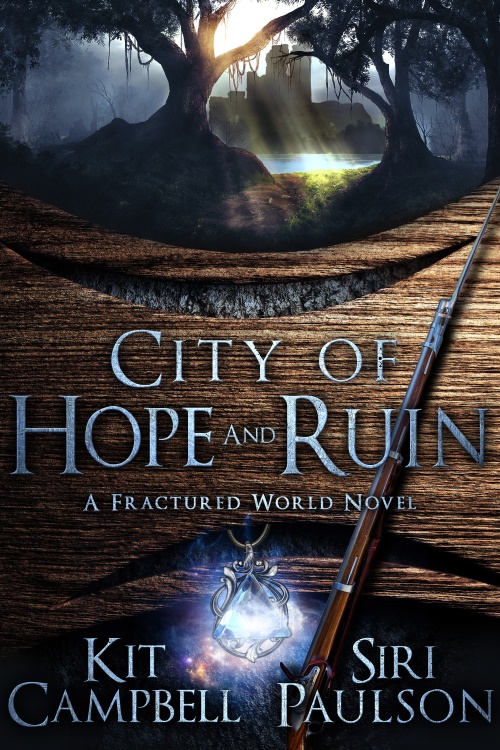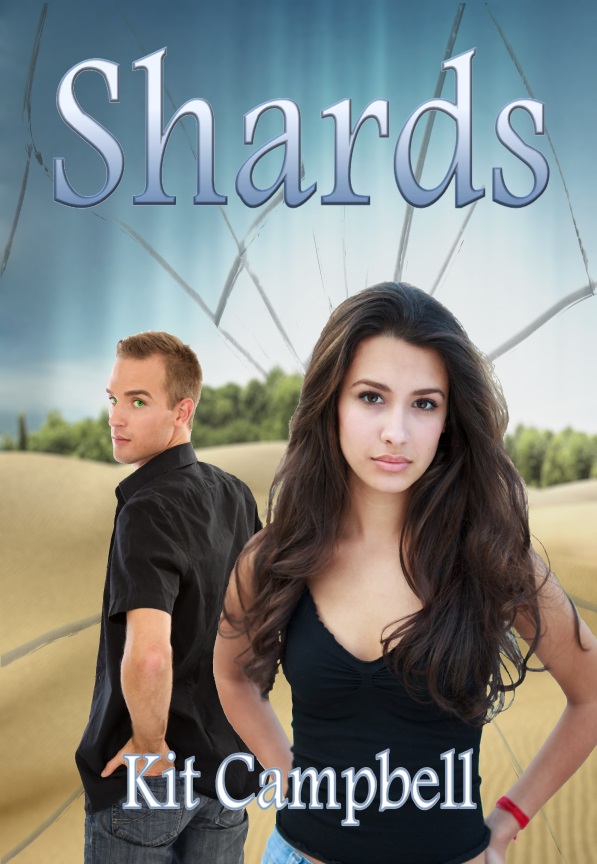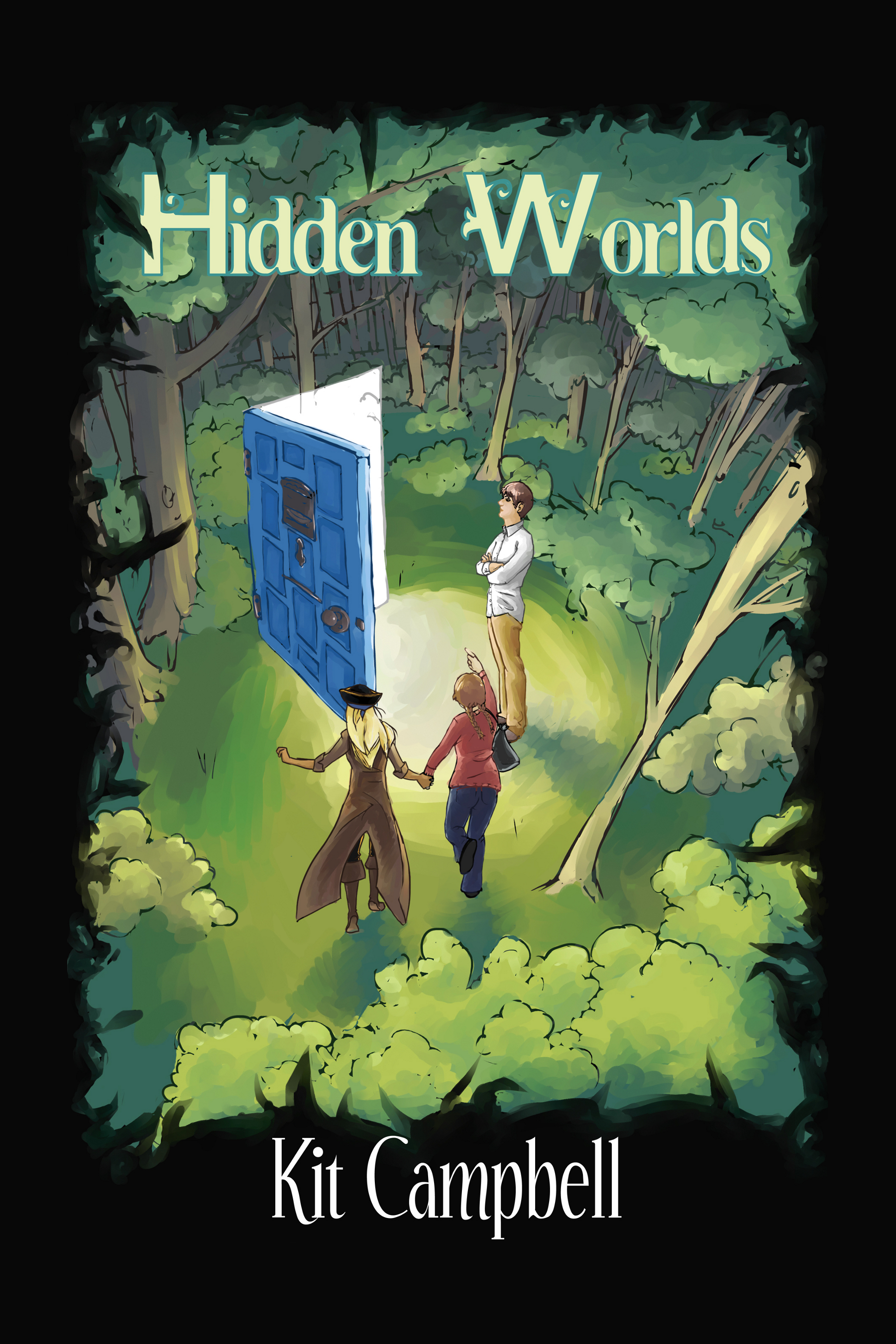This week in our series, we’re going to explore vampires. Love them or hate them, prefer them sparkly or deadly, they’ve been around for a long time and no doubt will be around for a lot longer. Here to tell us more about the undead blood suckers is Margaret Libby, who has seen more than her fair share of vampires and the havoc they wreak.
Vampires
Blood-drinking creatures are a feature in mythology worldwide, from the Greek vrykolakas to Gaelic faery spirits to Mesopotamian Lilitu. The most famous of these, though, are the vampires, popularized by fantasy and paranormal authors since the days of Bram Stoker and his famous Count Dracula.
Vampires, mostly due to Stoker but also with some help from Byron and some of his fellow Romantics, have a reputation for being a little more cultured than their fellow undead. Where zombies are shambling wrecks and werewolves are instinct-driven beasts, vampires are often intelligent and manipulative, or even romanticized (we might be able to blame Byron for that one). Today, in a world that is post-Interview With a Vampire, not to mention post-Twilight, vampires in the fantasy genre are diverse, but for the most part they have three things in common: they’re undead, they can’t go out in the sun, and they drink blood.
That gives some structure, but fantasy authors can and do play around within that framework very easily, and it makes vampires incredibly versatile. They can be everything from terrifying horror-movie creatures (like in the movie Thirty Days of Night, where the vampire’s inability to go out in daylight is the point the whole concept hinges on) to sympathetic and romantic (many of Stephenie Meyer’s vampires, who are superpowered and stay out of the sunlight because they sparkle, not because they turn to dust as common mythology has it) to just as diverse as regular human, with complex cultures and social structures of their own (the supernatural world in the Sookie Stackhouse novels by Charlaine Harris/the TV show True Blood), to soulless but not categorically written off (Spike and Angel in the TV show Buffy the Vampire Slayer). They can even be parodies of their own stereotypes, like Otto Chriek in Terry Pratchett’s Discworld (though in all fairness, everything is a parody of its own stereotype on Discworld).
Half the fun of writing about vampires is getting to play around in that sandbox and see exactly where along the spectrum you want to write them, and what you want to do with them. When I ended up writing about vampires, I chose to keep their human personalities after death—the soul, you might say—and kept them sympathetic, if sometimes dark (I figure it’s hard to be cheerful when you’re functionally immortal but weren’t actually born into a species that expects to live forever). It’s all down to personal preference, and down to what part you want them to play in your story and your world. Vampires are useful for their versatility, if a little overused these days, and given their appearance in mythologies all over the place, they make a good addition to a world.
What kind of vampires to you like to read and write about, Squiders?
If you’d like to read (or watch) a little more, these are a few of my favorite things that feature vampires:
Sunshine, by Robin McKinley
The Truth, by Terry Pratchett
And if you have a lot of time on your hands, give Buffy the Vampire Slayer a watch.
Margaret Libby tells me that someday she might actually get around to putting a blog together. For now, you can twitterstalk her and encourage her to do more writing, because she rocks.



